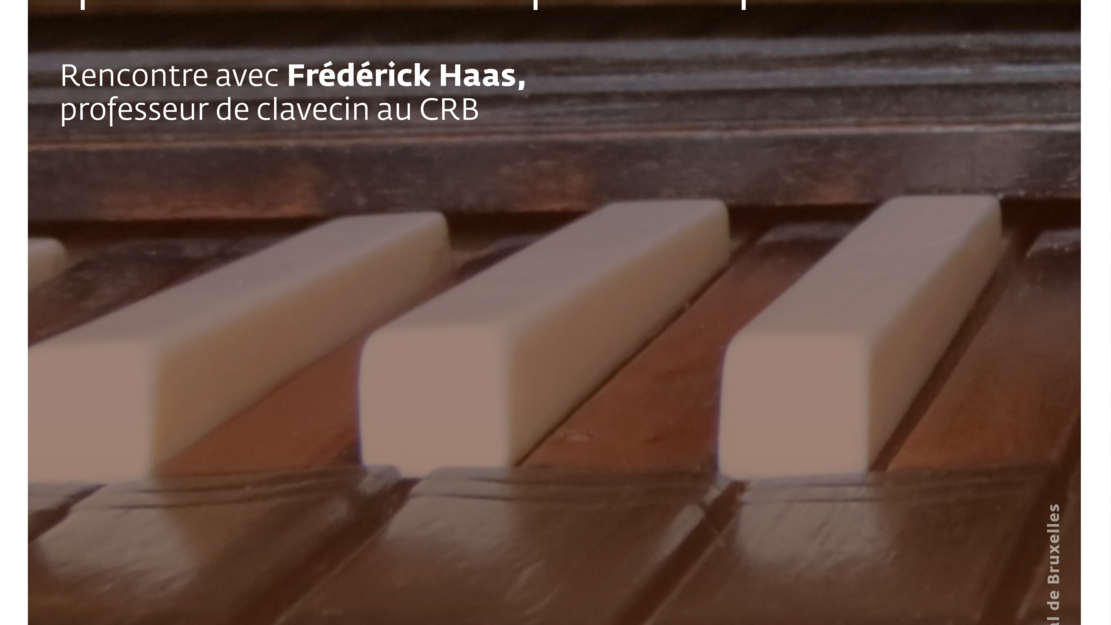The harpsichord in the 21st century: what opportunities for pianists?
06 November Belgium / Brussels
The harpsichord in the 21st century: what opportunities for pianists?
An encounter with Frédérick Haas, harpsichord teacher at the Royal Conservatory of Brussels
For three hundred years, the harpsichord was the favourite instrument of all Western composers. Today, the harpsichord is too often defined by default (‘the ancestor of the piano that has no nuances, no pedals, a range of only five octaves, etc.’). Contrary to this view, we can instead consider that, from the perspective of 17th- and 18th-century composers, the harpsichord is the most perfect of instruments, because its qualities are precisely those that their music requires.
Understanding the harpsichord will enable pianists to better play an important part of their repertoire, which they must translate for the modern piano, which is no longer a clavicembalo col piano e il forte. Such a translation will be all the more convincing if it is done with a full understanding of its original language.
An encounter with Frédérick Haas, harpsichord teacher at the Royal Conservatory of Brussels
For three hundred years, the harpsichord was the favourite instrument of all Western composers. Today, the harpsichord is too often defined by default (‘the ancestor of the piano that has no nuances, no pedals, a range of only five octaves, etc.’). Contrary to this view, we can instead consider that, from the perspective of 17th- and 18th-century composers, the harpsichord is the most perfect of instruments, because its qualities are precisely those that their music requires.
Understanding the harpsichord will enable pianists to better play an important part of their repertoire, which they must translate for the modern piano, which is no longer a clavicembalo col piano e il forte. Such a translation will be all the more convincing if it is done with a full understanding of its original language.


